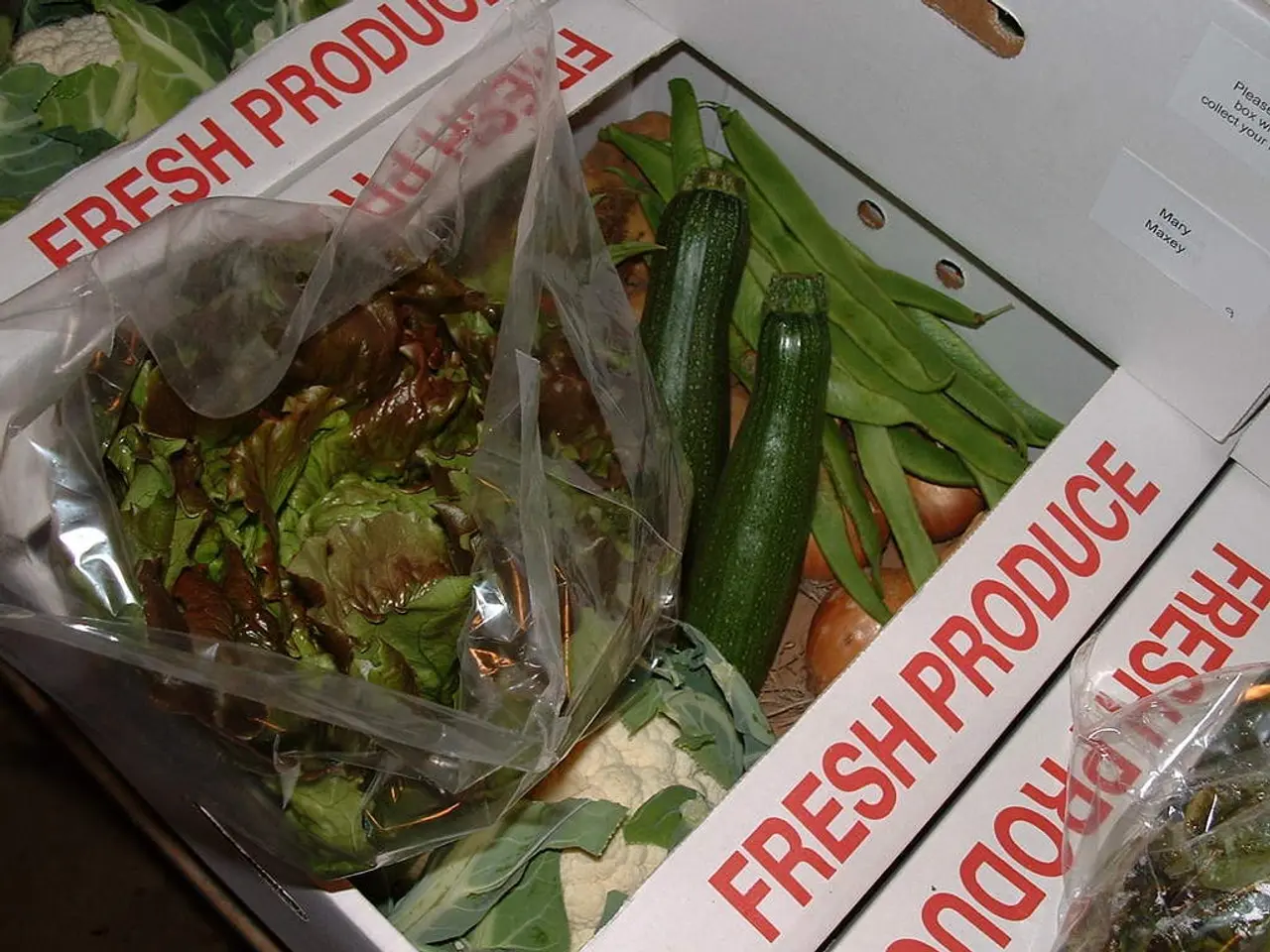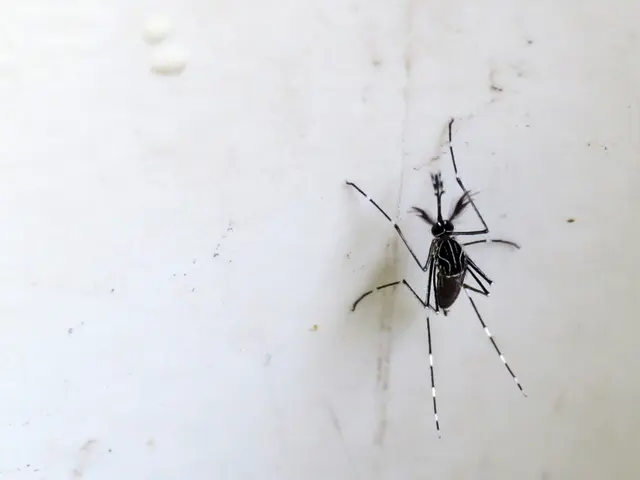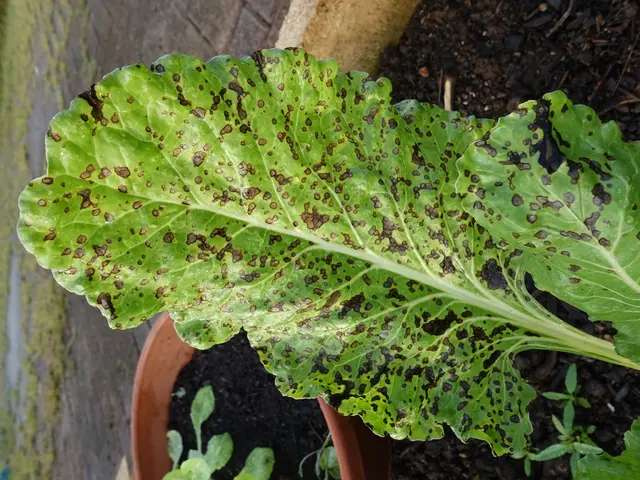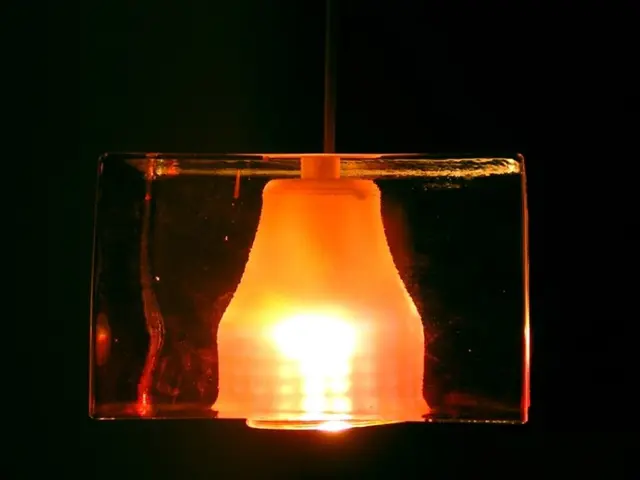Multiple Combinations of Container-Grown Crops
Got a hankering for fresh veggies but got a tiny piece of land? No worries, me mate! Plenty of delectable veggies thrive in pots and containers, turning your small space into a bountiful harvest haven. Add a dash of style with these crops that doubles as eye-catching decor for your sunny patio or along the garden paths. Regular watering and feeding coupled with keeping containers close to your house will make gardening a convenient breeze.
Looking for tips on growing veggies in your container paradise? Check out these resources:
- Container crops to sow in April
- Space-saving veg crops to grow
- 10 best vegetables to grow in shade
Try experimenting with these container crop combinations on your patches:
Lettuce and Tomatoes
What you'll need: Four cordon cherry tomato plants ('Rosella', 'Sungold', 'Gardener's Delight', Ildi), 12 lettuce plug plants ('Salad Bowl', 'Red Salad Bowl', 'Green Oakleaf'), four bamboo canes, multi-purpose peat-free compost, large reclaimed metal tub (approx. 80cm wide x 60cm deep with drilled drainage holes), liquid tomato feed.
Grow it: Cherry tomatoes grow tall with minimal space taken up below the soil, making them perfect for lettuce planting beneath their feet. Both plants flourish in moist, rich compost and lettuce does well in the shade provided by the tomatoes. Site your container in the sunniest, most sheltered spot. Plant the tomatoes 20cm apart, with a cane for support, and fill in the spaces with the lettuce plugs. Water regularly and feed the tomatoes fortnightly with a liquid tomato fertilizer when the flowers start appearing.
Harvesting: Pick the cherry tomatoes as they ripen during summer, and pluck a few outer leaves from lettuce plants every few weeks.
Carrots and Chives
What you'll need: Carrot seeds 'Paris Market Atlas', two chive plants, John Innes No. 2 compost, wooden crate (approx. 70cm wide x 40cm deep x 25cm high).
Grow it: The pink chive flowers and feathery carrot leaves make this combination a stunning display for your garden. Both crops are tolerant of drying out and prefer a free-draining soil, so use John Innes No.2 compost and place the crate in a sunny spot. Fill it with compost, and plant two chive plants, splitting each into four smaller clumps. Place them evenly in the crate, and sow the carrot seeds thinly around them, 5cm apart. Keep the compost moist, especially when the carrot roots are forming. Chives help deter carrot fly due to their pungent aroma.
Harvesting: Keep snipping the chive leaves as needed, and harvest the carrots once they reach radish size.
Kale and Beetroot
What you'll need: One curly kale plant grown from seed such as 'Starbor' or 'Dwarf Green Curled', beetroot seeds 'Bolthardy', multi-purpose peat-free compost, terracotta pot (approx. 40cm wide x 40cm high).
Grow it: Kale leaves are beautiful, but as you begin harvesting the leaves from the base, the plant can start to look unattractive after some time. Tuck beetroot plants among the kale to hide the stem. Place the pot in a sunny spot, fill it with compost, sow the beetroot seeds 4cm apart, and leave a space in the center for the kale. After 10 days, transplant a kale seedling grown in a modular tray into the large pot. Water regularly and protect against slugs, snails, and caterpillars. After two weeks, feed with liquid seaweed fortnightly.
Harvesting: Pluck some beetroot leaves for salads when small, and harvest the kale leaves from the base up. Dig up the beets after 12 weeks once they're golf-ball-sized.
French Bean and Spinach
What you'll need: Six climbing French bean plants 'Cosse Violette' grown from seed, perpetual spinach seeds, multi-purpose peat-free compost, six hazel sticks (1-1.5m long), large plastic pot (approx. 50cm wide x 45cm high), liquid seaweed feed.
Grow it: French bean and perpetual spinach are safer container options compared to runner beans and normal spinach, as they're more tolerant of drying out. Although they still require regular, generous watering. Place your large pot in a warm, sheltered spot, fill with compost, and sow the spinach seeds 4cm apart. In separate small pots, sow 12 climbing French bean seeds. Once the bean plants are 15cm tall, secure hazel sticks around the pot edge, and tie them at the top to create a wigwam. Once the young bean plants grow, move them to the pot's base. Thin out the spinach seedlings to 8cm apart. Water regularly and feed fortnightly with liquid seaweed.
Harvesting: Pick the pods before the beans inside starts to protrude for the most flavorful beans. Continuously pick spinach leaves, and they'll keep cropping for months.
Chillis and Thyme
What you'll need: Two chilli plants 'Apache' and 'Thai Hot', three silver-leaved thyme plants, John Innes No. 2 compost, plastic trough (approx. 50cm wide x 20cm deep x 20cm high, liquid tomato feed.
Grow it: This vibrant combination won't feel out of place in a window ledge or container where the chillies can ripen, and the thyme develops its aromatic qualities. Half-fill the trough with compost, position the thyme plants at each end and in the middle, and insert the chilli plants at the back. Fill with compost around them and water well. Place on a warm windowsill and water weekly, while feeding the chillies fortnightly with tomato feed. Pluck the chillies when they turn red.
The colourful pairing of chillies and thyme will add a little spice to your gardening breaks! Choose compact chilli varieties, perhaps two that ripen at slightly different times.
Harvesting: Gather the chillies at the end of summer as they turn red. Regularly trim thyme back after flowering.
Happy planting, and may your substance be ever blooming!
- Incorporate a vibrant combination of chillies and thyme into your home-and-garden lifestyle, ideal for window ledges or container plants that help ripen the chillies while thyme develops its aromatic qualities.
- looked after carefully, the lettuce and tomatoes container garden can offer a bountiful harvest of fresh produce while adding a touch of style to your sunny patio or garden paths with their eye-catching decor. Regular watering and feeding will make gardening convenient and enjoyable.








